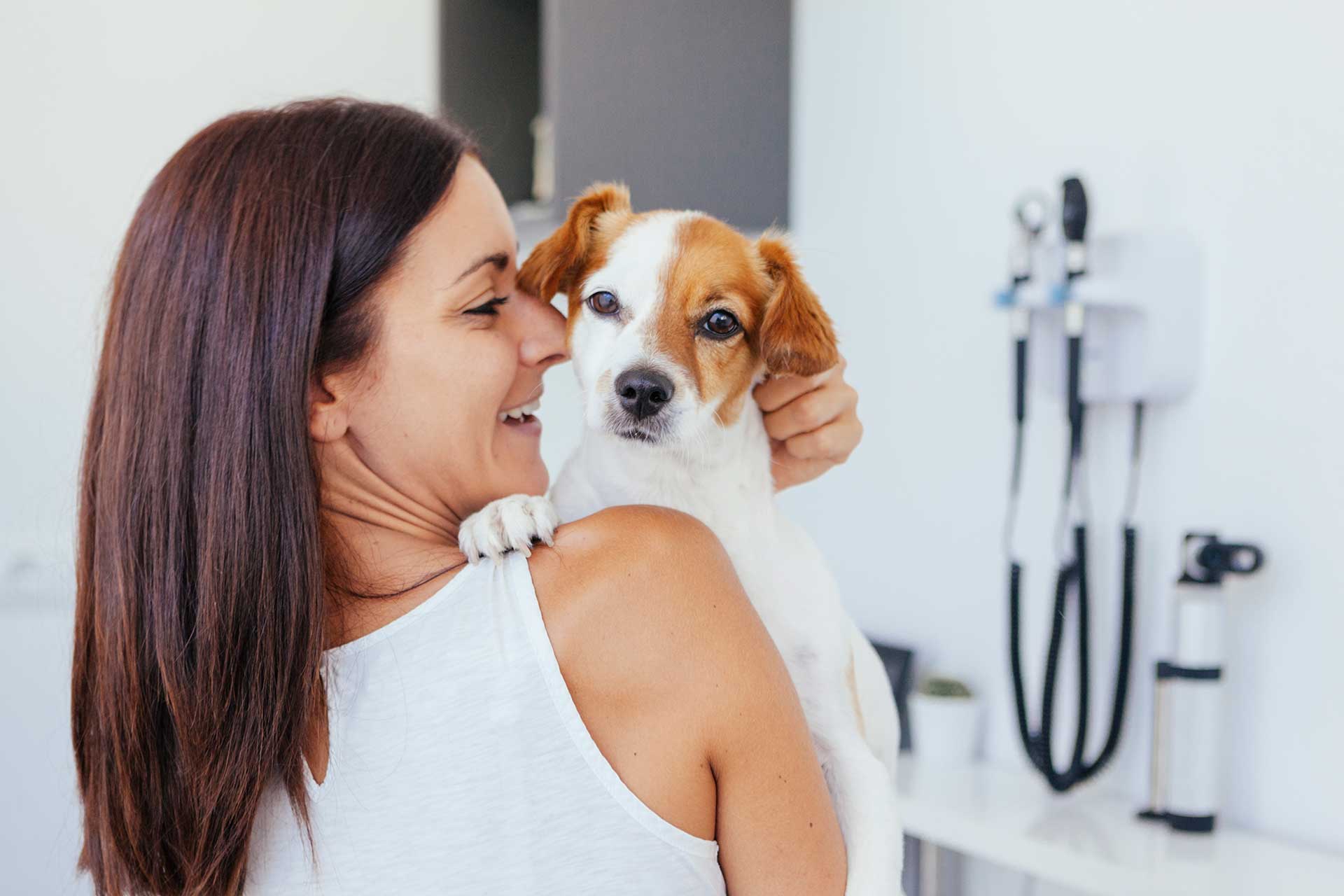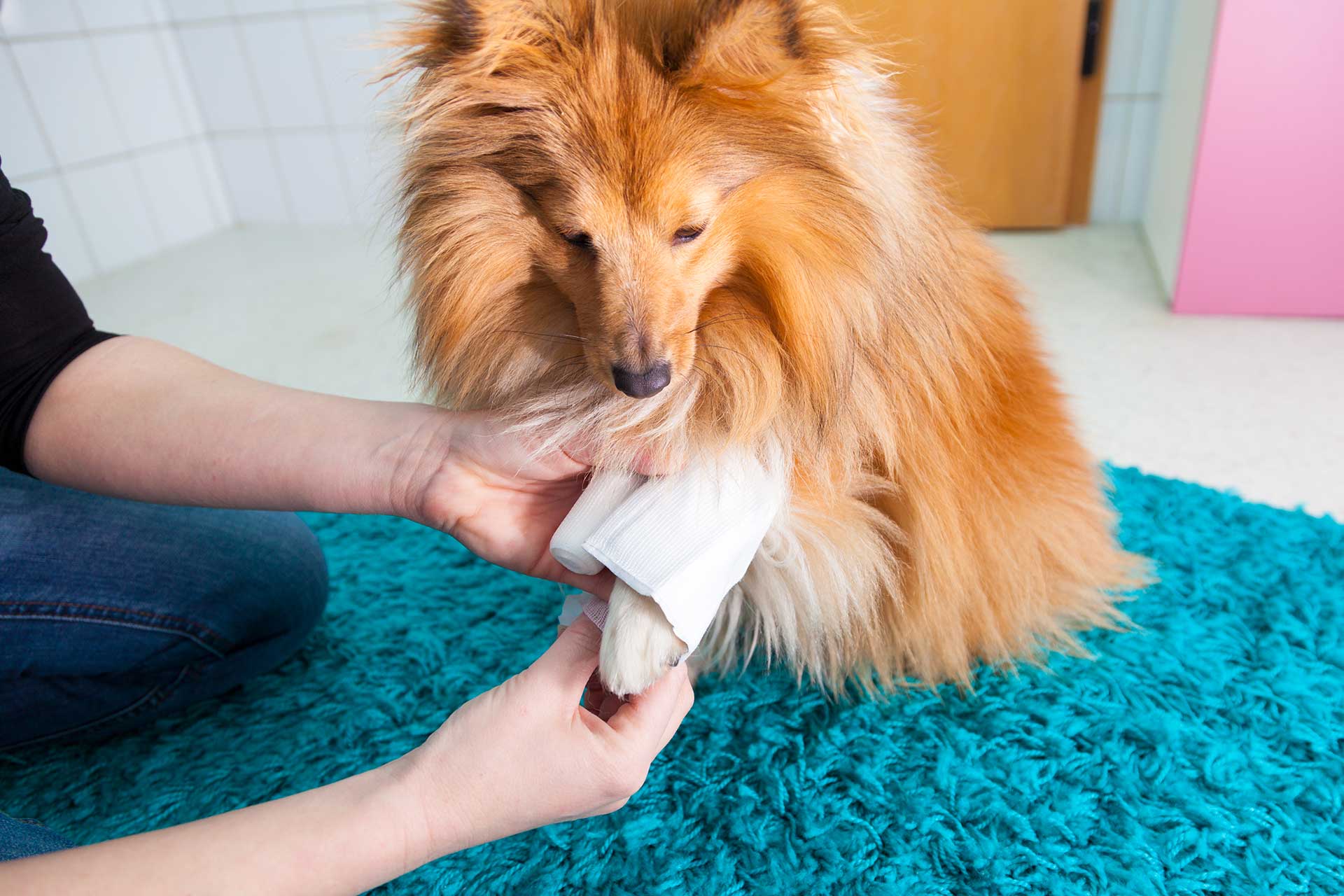Radiographs or x-rays are a non-invasive way for us to look at tissues, bones and organs. Having the equipment on hand means we are able to quickly diagnose injuries particularly in emergency situations. This is convenient for you as your pet can have all treatment done at the hospital and also means our patients are given the best opportunity for recovery.
We use digital radiography (referred to as x-ray machines) to provide us with the latest in veterinary medicine diagnosis. Providing real-time results, in a manner which is less stressful for your pet.
Patients must stay very still while having an x-ray taken. This means many of our wriggly patients are given a sedation or general anaesthetic.
The benefits of using digital technology are widespread and include:
- The process of taking x-rays is quicker and less stressful for a pet. One of the reasons for this is we can now take less exposures because advanced computer software will allow us to look at an image on a computer monitor in different views (i.e. magnify on specific body parts instead of taking more exposures using the radiograph machine).
- No processing delays – the results are available very shortly after exposure.
- Pet owners can take home a copy of the radiographic images on disc for future reference.
- Staff are no longer exposed to processing chemicals. The absence of processing chemicals also has a positive impact on the environment.
- Images can easily be saved to a patients history (computer records) and accessed by all Vetwest clinics, as well as in future years.
- Results can be easily emailed to specialists should the need arise.
Below are examples of digital x-rays. On the left you can see a metal plate and screws have been used to repair the fractured femoral (leg) bone that is shown on the right. On the right x-ray you can also see very clearly the major abdominal organs (below the backbone).







